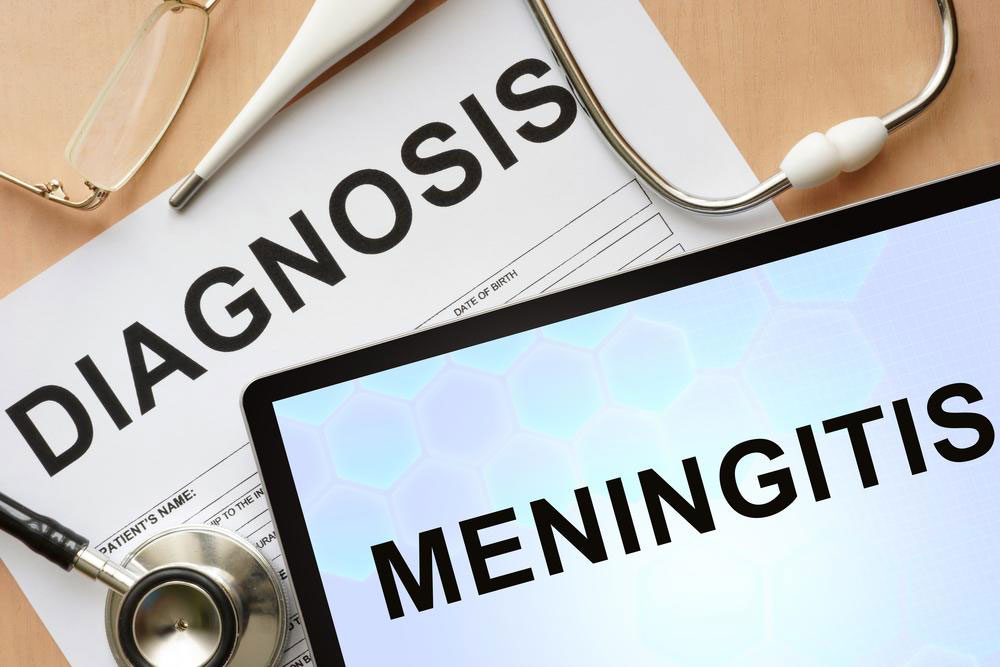Recognizing Gangrene: Types and Early Warning Signs
This article explains the different types of gangrene, including dry, wet, gas, and Fournier's, highlighting their causes and symptoms. Early recognition of signs like skin discoloration, coldness, and blisters is essential for prompt medical intervention, reducing risks of severe outcomes such as amputation or sepsis.
Sponsored

Gangrene occurs when tissues die due to insufficient oxygenated blood flow, often affecting extremities like the hands or feet but can occur elsewhere. Prompt diagnosis is vital as it can lead to severe consequences, including amputation or death.
There are mainly two types: dry and wet gangrene.
Dry gangrene develops slowly, often due to chronic conditions such as diabetes. The skin becomes dry, dark, and shrunken, resulting from conditions like Raynaud's disease, severe burns, or frostbite.
Wet gangrene involves inflamed skin, blistering, and pus formation. It often results from injuries, embolisms, or compromised immune systems.
Beyond these, rare forms include gas gangrene and Fournier's gangrene.
Gas gangrene is a serious, life-threatening infection caused by bacteria like clostridia. It produces toxins and gas within tissues, turning the skin pale and causing a cracking sound when pressed.
Fournier’s gangrene typically affects the genital region, mainly in men but can also affect women and children. It often stems from urinary infections, abscesses, or hysterectomies.
Recognizing early signs is crucial for timely treatment:
Shiny, glossy skin
Skin shedding with clear boundary lines
Unhealed wounds
Darkening, dryness of skin
Cold sensation in affected area
Loss of sensation
Nausea
Rapid heartbeat
Fever
Blisters with pus or bleeding
If any of these symptoms appear, seek immediate medical advice to prevent spread and potential complications like sepsis.






